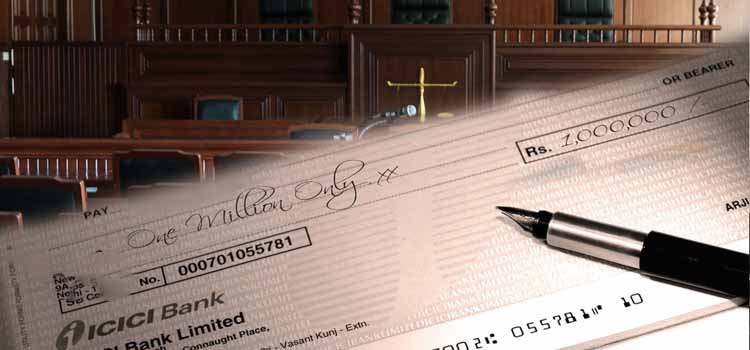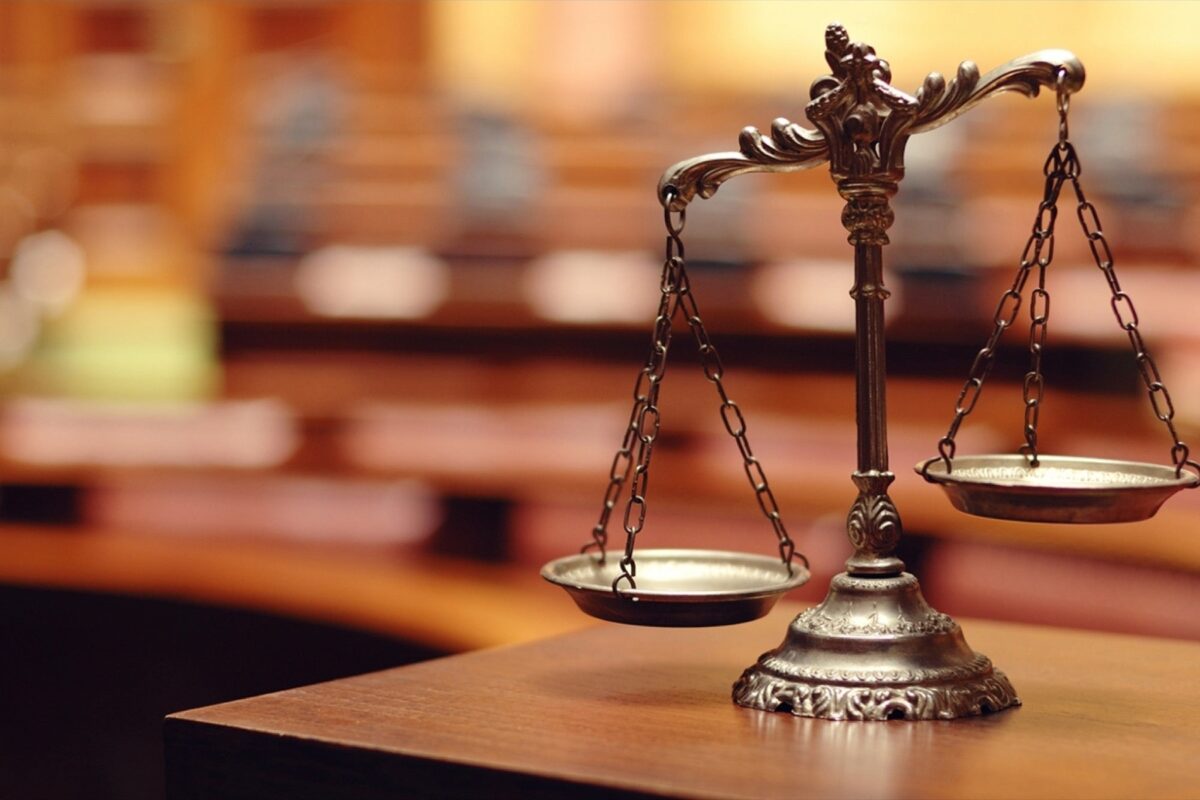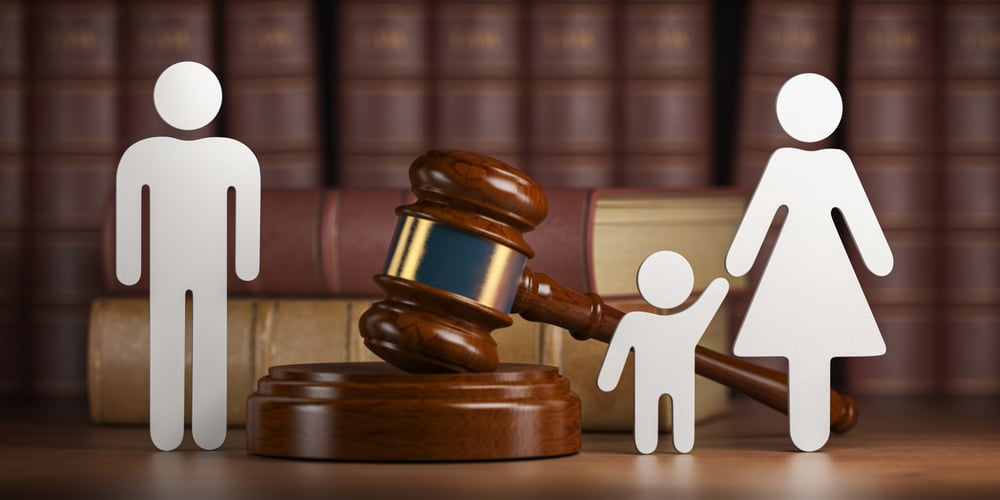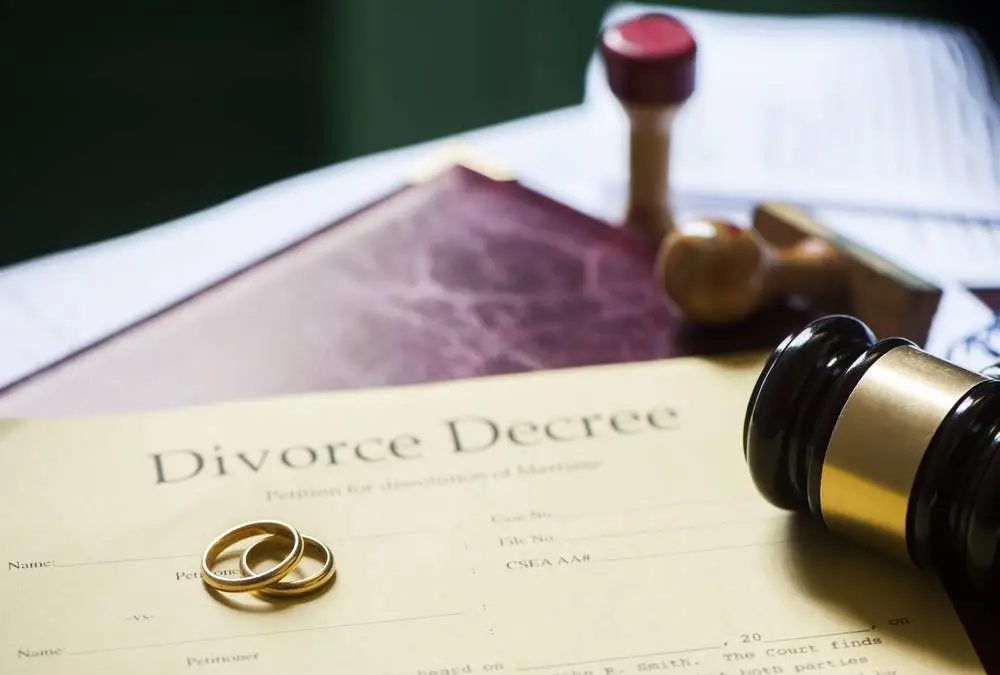Cheque Bounce Case

CHEQUE BOUNCE MEANING
Cheque bounce case is administered by Segment 138 of the Debatable instruments Act, 1881. A cheque skips when a bank doesn’t respect an installment.
At the point when a cheque is bounced by the bank neglected, it is supposed to be shamed or skipped.
Cheque Bounce Reason:
A couple of the reasons are off-base marks, crisscross of figures composed on the cheque (in words and figures), and overwriting. These issues are minor and can be settled without the court’s mediation.
A significant reason to worry is the point at which a really take a look at bounces because of absence of assets in the cabinet’s record. Assuming you have gotten a cheque that has bounced, you have two choices. You can send the individual an interest notice and afterward, on the off chance that there is no reaction following 15 days, you can ultimately follow up by recording an objection in the court.
To add to this, in the event that a move isn’t made against the defaulter by the recipient inside the recommended time, it can likewise prompt absence of solution for the collector of the cheque as a case for cheque bounce is time-bound.
Hence, it is critical to address a cheque bounce case quickly to stay away from every one of the outcomes in question. cheque bounce cases are administered by Segment 138 of the Debatable instruments Act, 1881. A cheque skips when a bank doesn’t respect an installment. At the point when a cheque is bounced by the bank neglected, it is supposed to be shamed or skipped.
A couple of the reasons are off-base marks, crisscross of figures composed on the cheque (in words and figures), and overwriting. These issues are minor and can be settled without the court’s mediation.
A significant reason to worry is the point at which a really take a look at bounces because of absence of assets in the cabinet’s record. Assuming you have gotten a cheque that has bounced, you have two choices.
You can send the individual an interest notice and afterward, on the off chance that there is no reaction following 15 days, you can ultimately follow up by recording an objection in the court to add to this, in the event that a move isn’t made against the defaulter by the recipient inside the recommended time,
It can likewise prompt absence of solution for the collector of the cheque as a case for cheque bounce is time-bound. Hence, it is critical to address a cheque bounce case quickly to stay away from every one of the outcomes in question.
CHEQUE BOUNCE RULES
In the event that an individual is documenting cheque bounce case, there are sure Cheque Bounce rules they need to follow
- The initial step is to send an interest notice to the guilty party
- When the notification is gotten, the wrongdoer has 15 days to make the due installment
- Under Segment 138 of the Debatable Instruments Act, 1881, the payee needs to send the cabinet a notification in no less than 30 days of getting the really look at bring update back
- In the event that the cabinet neglects to make the installment, the individual filling the cheque bounce case has each option to record a grumbling with the court by presenting a composed protest alongside legitimate reports
- The bank’s cheque bounce reminder is perhaps of the main record. The court will not be able to continue with the case without this record
- The defaulter can’t be punished in that frame of mind of the really take a look at skip regulation assuming the bounced cheque was given as a gift or used to loan cash for a credit payment. The initial step is to send an interest notice to the guilty party.
- When the notification is gotten, the wrongdoer has 15 days to make the due installment.
- Under Segment 138 of the Debatable Instruments Act, 1881, the payee needs to send the cabinet a notification in the span of 30 days of getting the really look at bring reminder back
- In the event that the cabinet neglects to make the installment, the individual filling the cheque bounce case has each option to record a grumbling with the court by presenting a composed protest alongside legitimate reports
- The bank’s cheque bounce reminder is perhaps of the main record. The court will not be able to continue with the case without this record
- The defaulter can’t be punished in that frame of mind of the really look at bounce regulation assuming the skipped cheque was given as a gift or used to loan cash for a credit installment. The initial step is to send an interest notice to the guilty party
- When the notification is gotten, the wrongdoer has 15 days to make the due installment
- Under Segment 138 of the Debatable Instruments Act, 1881, the payee needs to send the cabinet a notification in no less than 30 days of getting the really look at bring update back
- In the event that the cabinet neglects to make the installment, the individual filling the cheque bounce case has each option to record a grumbling with the court by presenting a composed protest alongside legitimate reports
- The bank’s cheque bounce reminder is perhaps of the main record. The court will not be able to continue with the case without this record
- The defaulter can’t be punished in that frame of mind of the really take a look at skip regulation assuming the bounced cheque was given as a gift or used to loan cash for a credit payment. The initial step is to send an interest notice to the guilty party
- When the notification is gotten, the wrongdoer has 15 days to make the due installment
- Under Segment 138 of the Debatable Instruments Act, 1881, the payee needs to send the cabinet a notification in the span of 30 days of getting the really look at bring reminder back
- In the event that the cabinet neglects to make the installment, the individual filling the cheque bounce case has each option to record a grumbling with the court by presenting a composed protest alongside legitimate reports
- The bank’s cheque bounce reminder is perhaps of the main record. The court will not be able to continue with the case without this record
- The defaulter can’t be punished in that frame of mind of the really look at bounce regulation assuming the skipped cheque was given as a gift or used to loan cash for a credit installment.
CHEQUE BOUNCE CASE LEGAL NOTICE
Check bounce is a criminal offense in India, covered under Segment 138 of the Debatable Instruments Act. In this way, in the event that a protest is documented in a court and, assuming found blameworthy, the defaulter can be rebuffed with a jail term of two years as well as a fine, which can be basically as high as two times the really take a look at sum.
Now and again, the court could give check skip case discipline, this is typically assuming the court finds the infraction grievous. Check bounce is a criminal offense in India, covered under Segment 138 of the Debatable Instruments Act. In this way, in the event that a protest is documented in a court and, assuming found blameworthy, the defaulter can be rebuffed with a jail term of two years as well as a fine, which can be basically as high as two times the really take a look at sum.
Now and again, the court could give check skip case discipline, this is typically assuming the court finds the infraction grievous.






